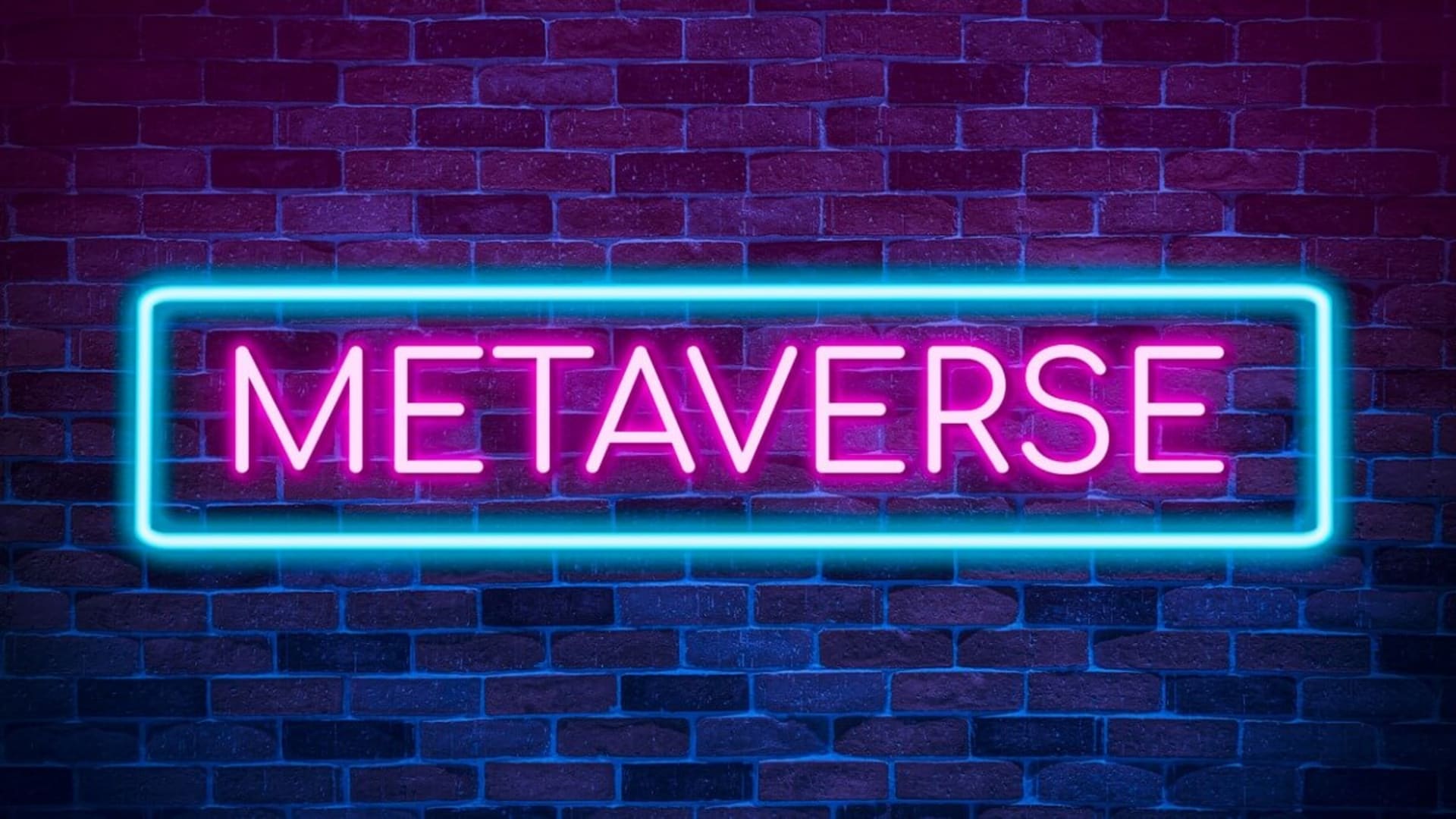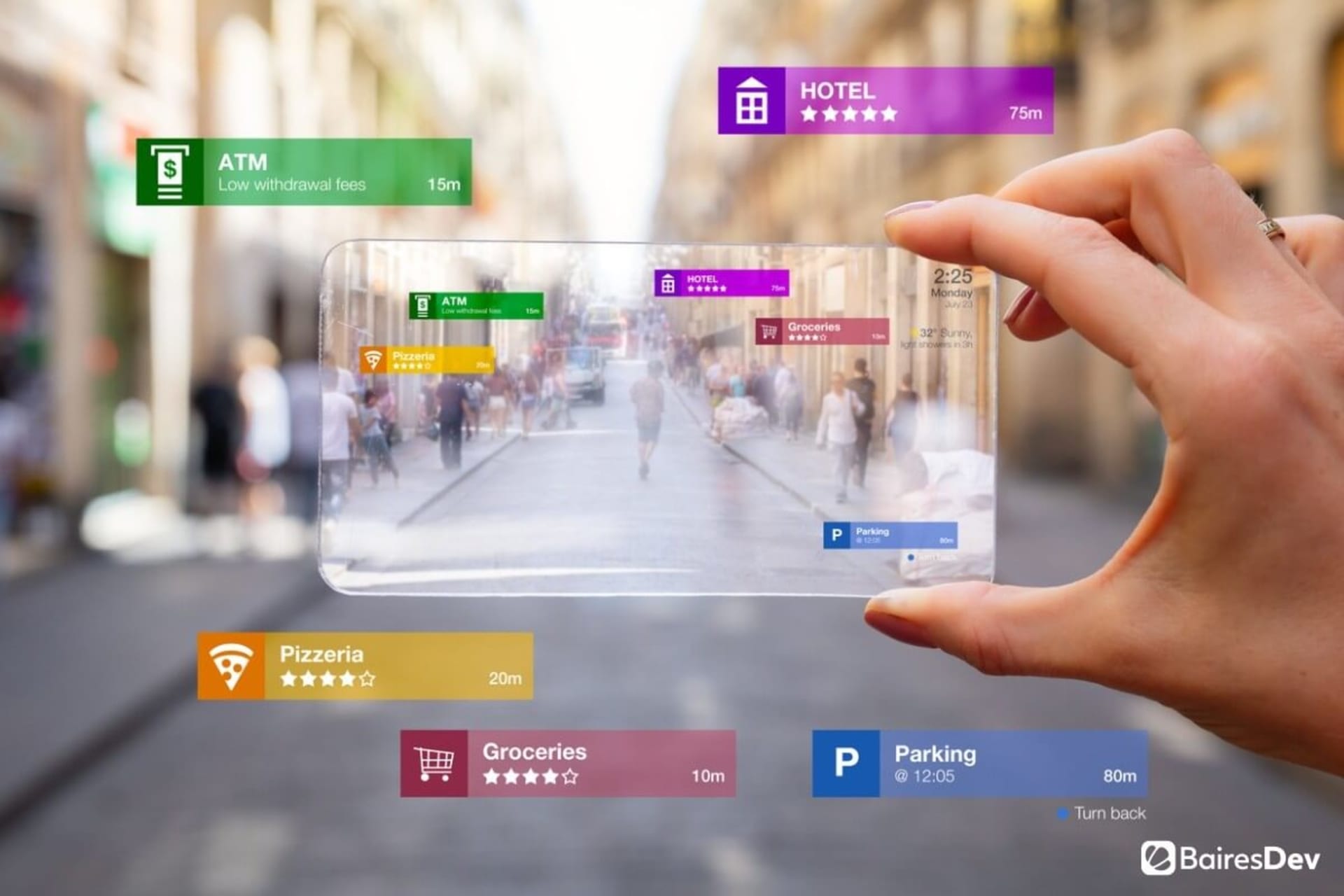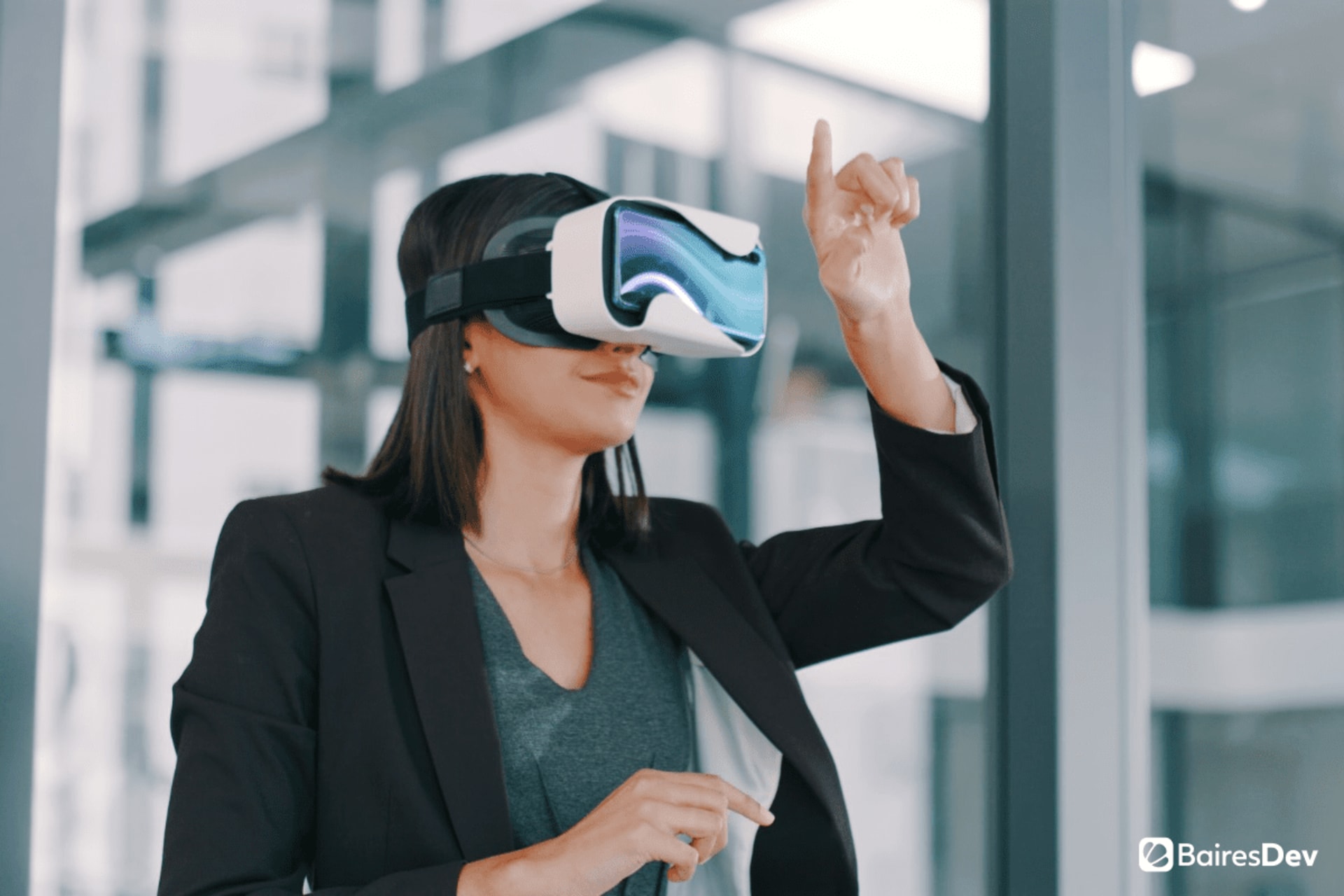- Home
- Solutions
- Augmented Reality
- Hire Augmented Reality Developers
Hire Augmented Reality Developers
Our top 1% of tech talent has already undergone a rigorous vetting process. Get bilingual, nearshore Augmented Reality developers on your team within 2 weeks.
500+ companies rely on our top 1% tech talent.
No time to find the top talent yourself? Skip the hassle of recruitment.




The Ultimate Guide for Hiring Augmented Reality Developers
Integrating advanced AR functionality and delivering outstanding user experiences requires top-tier talent, but finding the right augmented reality developers can be challenging. Without the right expertise, projects risk delays, technical setbacks, and scalability issues. With a proven track record of 1,200+ successful projects and access to the top 1% of tech talent, we will guide you on securing the professionals you need to bring your AR vision to life.
Whether you’re building an augmented reality app for enterprise use or upgrading your current platform, this guide will help you source and hire augmented reality developers that deliver exceptional results.
Before You Start Hiring
Project or Team Requirements
Creating a standalone AR app, improving a product, or integrating AR into a platform requires clear objectives to hire augmented reality developers who align with your goals and objectives.
Timeline and Budget
Setting a clear timeline and budget is essential when hiring augmented reality app developers. AR projects range from simple apps to complex enterprise solutions, meaning augmented reality developers who understand your constraints are better positioned to deliver on time and within budget, avoiding costly delays.
Niche Experience in Augmented Reality
Seek augmented reality developers with experience in AR app development, expertise in tools like ARKit or ARCore, and a background in computer vision or game design to make sure they can tackle challenges like 3D rendering and user interaction.
Portfolio and References/Testimonials
Before you hire augmented reality developers, you should review their past to determine if they can provide adequate augmented reality development services. Testimonials or references from previous clients can validate their ability to deliver quality augmented reality support.
Hire AR Developers that Prioritize Communication
Augmented reality developers should document processes, explain technical decisions, and collaborate with cross-functional teams. Strong communication skills improve development efficiency and align the team toward shared goals.
20 Skills Every Augmented Reality Developer Should Have
Deploying successful AR apps demands a mix of technical expertise and soft skills. Augmented reality developers should master ARKit, ARCore, or Unity tools to build engaging, scalable solutions while demonstrating adaptability and problem-solving skills.
These skills go beyond execution—skilled AR developers drive innovation, improve user experiences, and deliver projects on time. Here are the key technical and soft skills to prioritize when you hire augmented reality developers for your next project.
Technical Skills to Look for in Your Ideal Augmented Reality Developer
1. Proficiency in AR Development Frameworks
Familiarity with ARKit (iOS), ARCore (Android), and Vuforia allows AR developers to build apps smoothly across platforms. These tools provide the foundation for integrating AR functionality, such as object detection and real-world mapping.
2. Experience with Unity and Unreal Engine
Proficiency in Unity or Unreal Engine equips AR developers to create immersive 3D experiences. These engines are crucial for rendering high-quality graphics and supporting features like multiplayer games or real-time interactions.
3. Computer Vision Expertise
This knowledge equips AR developers to implement features like object recognition, tracking, and spatial mapping, allowing for accurate interaction between virtual and physical environments.
4. 3D Modeling and Animation Skills
Understanding 3D modeling and animation helps AR developers incorporate lifelike virtual objects into AR applications. This skill is vital for improving user engagement in app development or enterprise training solutions.
5. Proficiency in Programming Languages
Knowledge of languages like C#, C++, or Python is essential for writing scripts and creating backend integrations for AR functionality. These languages allow AR developers to implement custom features and optimize app performance.
6. Integration Services Knowledge
Experience in integrating augmented reality apps with external systems, such as CRMs or IoT devices, supports smooth functionality and improves usability.
7. AR Cloud and Persistent AR Experience
Familiarity with AR cloud solutions helps AR developers create scalable solutions, such as shared AR experiences where multiple users interact with the same environment.
8. Web AR Development
Skills in WebXR and related technologies allow developers to build browser-based augmented reality web apps, eliminating users needing to download standalone applications.
9. Sensor and Hardware Integration
Knowledge of integrating AR solutions with devices like cameras, GPS, and gyroscopes improves app functionality, making the experience more intuitive for users.
10. Knowledge of Agile Development Methodology
Familiarity with agile practices helps AR developers deliver iterative updates that align projects with business needs and user feedback.
11. Optimization for Android and iOS Devices
Proficiency in optimizing augmented reality apps for different operating systems delivers smooth performance across various devices, from high-end to mid-tier Android models.
12. Augmented Reality Game Development
Expertise in creating AR-based games leverages game design principles to build engaging and interactive user experiences.
13. Spatial Audio Implementation
Adding spatial audio to AR projects improves the immersive experience by synchronizing sound with 3D environments.
14. Proficiency in Machine Learning
Knowledge of ML helps AR developers incorporate predictive models and AI-driven interactions into augmented reality applications.
15. Cloud Computing for AR
Familiarity with cloud platforms like AWS or Azure is essential for building scalable solutions that handle data processing for AR experiences.
16. Data Security and Privacy
Expertise in securing data helps development projects comply with regulations and protect sensitive user information.
Soft Skills to Look for in Your Ideal Augmented Reality Developer
17. Communication Skills
Clear communication is essential for aligning technical development with creative goals. Developers with strong communication skills can effectively explain their decisions, document processes, and collaborate with stakeholders.
18. Problem-Solving
Challenges like performance optimization or hardware compatibility frequently arise in augmented reality development. Problem-solving skills help developers find innovative solutions to these obstacles.
19. Adaptability
The field of augmented reality is evolving rapidly. Developers who can quickly learn new tools and technologies bring long-term value to projects so that they stay ahead of industry trends.
20. Attention to Detail
Small errors in coding or design can significantly impact user experience—attention to detail results in polished, functional projects ready for deployment.
14 Questions to Identify Top Augmented Reality Developers
When interviewing Augmented Reality developers, it's important to ask questions that first assess the candidates' technical skills and knowledge. Employers will also usually conduct a coding test to assess specific on-the-job knowledge further.
The following set of questions aims to uncover not only the developers's technical knowledge but also their problem-solving abilities, teamwork, communication skills, and adaptability—all crucial traits for success in a collaborative environment.
Here are a few examples of technical interview questions:
1. How do you create augmented reality apps that perform well across different devices?
For optimal performance, I start by considering the hardware capabilities of the target devices. I design apps using ARKit for iOS and ARCore for Android to leverage their native functionalities. I also test various hardware configurations, optimize 3D assets, and minimize resource usage to maintain smooth performance. For example, I recently worked on an augmented reality app that required scaling across Android devices, and I achieved compatibility through rigorous testing and GPU optimizations.
2. Can you explain your process for integrating real-world object detection into an AR app?
I use computer vision techniques, often with libraries like OpenCV, combined with AR development frameworks like ARKit. First, I train object recognition models or utilize pre-trained ones based on the app's needs. Then, I integrate these models into the app to detect and map objects on demand. For a previous project, I developed an AR functionality where the app identified furniture and allowed users to visualize similar items in their space.
3. What strategies do you use to optimize AR apps for low latency and high performance?
Optimization starts with asset management—reducing polygon counts in 3D models and compressing textures. I prioritize efficient rendering pipelines in Unity or Unreal Engine and minimize draw calls. Additionally, I implement asynchronous loading for large assets to avoid frame rate drops. I used object pooling to manage resources dynamically for an enterprise augmented reality app I developed, resulting in smooth interactions even on mid-tier hardware.
4. How do you approach troubleshooting when an AR app’s tracking or mapping fails?
I first isolate whether the issue lies in hardware, environmental conditions, or software logic. Common problems include poor lighting or reflective surfaces affecting tracking. I debug using ARKit or ARCore’s diagnostic tools to assess anchor placement and mapping algorithms. For one AR app, I resolved tracking instability by improving anchor persistence and recalibrating the app’s environmental understanding in low-light scenarios.
5. Can you describe your experience with multiplayer augmented reality applications?
Multiplayer AR requires syncing virtual objects across devices. I use platforms like ARKit's MultipeerConnectivity or Photon for networking. I implemented a shared augmented reality functionality for a game development project where users interacted with the same 3D environment. I achieved low-latency communication and accurate object placement by optimizing the networking architecture.
6. How do you integrate AR features into existing apps?
Integration begins with understanding the existing app’s architecture and tech stack. I achieve compatibility by modularizing AR features and using libraries like WebXR or ARCore Extensions for cross-platform support. For a client’s e-commerce augmented reality web app, I added AR product previews without disrupting the original codebase.
7. What programming languages and tools do you prefer for AR development, and why?
I primarily use C# with Unity and C++ with Unreal Engine for their robust AR support and flexibility. For mobile apps, I rely on ARKit (Swift) and ARCore (Java/Kotlin). These tools and languages allow me to deliver scalable solutions while optimizing for platform-specific performance. Recently, I used Unity to create a cross-platform augmented reality app, leveraging its vast library of plugins and efficient rendering capabilities.
8. How do you incorporate user feedback into the AR development process?
User feedback is essential for refining AR experiences. I focus on usability testing to gather insights on features like interaction design and tracking accuracy. I also maintain agile workflows to iterate based on feedback. For example, after receiving user input, I adjusted the UI/UX of an AR app to make object scaling more intuitive, which improved overall satisfaction and engagement.
9. Can you describe a time you solved a challenging AR-related technical issue?
In one project, a mobile app development client required precise alignment of AR objects with real-world counterparts. The challenge was mitigating drift during prolonged sessions. I implemented dynamic recalibration using gyroscopic data and improved marker tracking algorithms, stabilizing the AR experience and meeting the client’s expectations.
10. Can you describe a project where you introduced a new feature or solved a significant problem in augmented reality development?
This question uncovers the candidate’s initiative, problem-solving abilities, and approach to tackling challenges. Their response will provide insight into their technical creativity and how they add value to projects. It also highlights their ability to adapt and innovate under pressure.
11. How do you approach collaboration with designers and other team members when developing AR applications?
This question explores the candidate’s teamwork and communication skills, particularly their ability to align with cross-functional teams. Their answer demonstrates how effectively they integrate creative design with technical development, a critical aspect of building augmented reality functionality that aligns with user expectations and project goals.
12. What was the most challenging aspect of integrating augmented reality features into an existing app, and how did you overcome it?
This question evaluates the candidate’s integration experience and ability to adapt AR features to existing platforms. Their response highlights their technical expertise, flexibility, and ability to overcome obstacles while maintaining app performance and user experience.
13. How do you prioritize user experience when designing and developing augmented reality applications?
This question highlights the candidate’s ability to balance technical functionality with user-centric design. It reveals their focus on intuitive interactions, responsiveness, and accessibility, which are essential for engaging and retaining users.
14. What motivates you to stay current with emerging augmented reality and extended reality development trends?
This question explores the candidate’s passion for their craft and dedication to continuous learning. It highlights their curiosity and how they incorporate advancements into their work so that their AR solutions are innovative and up-to-date with industry trends.
Frequently Asked Questions
Can I hire augmented reality developers to work on my project remotely?
Many companies successfully hire augmented reality developers to work remotely on their projects. However, hiring remotely does not always mean hiring offshore augmented reality developers. Nearshore remote augmented reality developers offer flexibility and talent access while delivering high-quality solutions. Tools like cloud-based collaboration platforms and video conferencing allow live communication, making the development process efficient, regardless of location.
What industries benefit most from augmented reality development?
Augmented reality development is widely used across healthcare, retail, manufacturing, and education industries. AR technology empowers businesses to innovate and engage users effectively, from improving patient care with surgical simulations to improving workflows with enterprise augmented reality apps.
What is the typical development process for AR projects?
The development process begins with defining project requirements, then designing, prototyping, and testing. Augmented reality developers use frameworks like ARKit or ARCore to integrate AR functionality and tools like Unity Game Engine for rendering. Testing on multiple devices guarantees compatibility and performance, while agile workflows keep the process iterative, allowing developers to adapt features based on user feedback and deliver scalable AR solutions.
How do dedicated augmented reality developers achieve integration with existing systems?
Dedicated augmented reality developers specialize in aligning new AR features with your existing infrastructure. This involves integrating services, modular design practices, and APIs to connect AR apps with platforms like CRMs, databases, or IoT devices. This supports a transition without disrupting workflows, providing a customized solution that improves functionality.
How do developers make AR projects that are scalable?
Scalability is achieved by optimizing code, designing modular systems, and using cloud-based architectures. Augmented reality developers leverage frameworks like AWS or Google Cloud to optimize AR app performance under increased user loads, supporting scalability for both enterprise and consumer-facing solutions.
Can augmented reality apps integrate with other technologies like IoT or AI?
Yes, AR apps can integrate with IoT devices to provide instant data visualization or use AI for features like object recognition and predictive analytics. For example, augmented reality developers might combine AR with ML to improve training applications or create interactive product demonstrations. These integrations provide advanced functionality and open new possibilities for innovation.
How do augmented reality developers handle hardware limitations in AR apps?
Developers address hardware limitations by optimizing 3D assets, using efficient rendering techniques, and making apps compatible across various devices. For resource-heavy tasks, your augmented reality developer may offload computations to the cloud, delivering smooth performance while maintaining advanced AR functionality.
What tools are essential for augmented reality app developers?
Key tools for augmented reality app developers or AR programmers include ARKit, ARCore, Vuforia, and Unity. For advanced applications, developers use Unreal Engine for high-fidelity graphics and tools like OpenCV for computer vision. These tools help augmented reality developers create robust, scalable AR apps customized to your goals and objectives.

- Hire Augmented Reality Developers
How Businesses Can Overcome the Software Development Shortage
BairesDev Ranked as one of the Fastest-Growing Companies in the US by Inc. 5000









